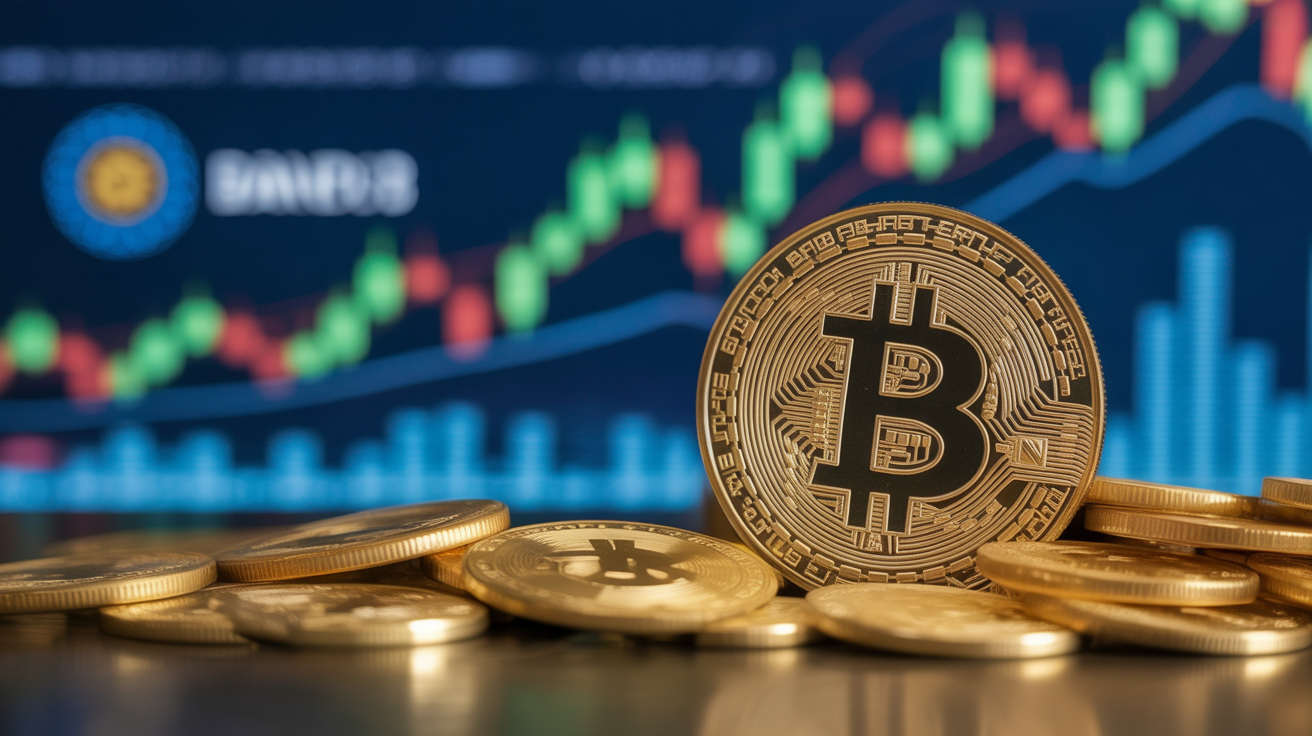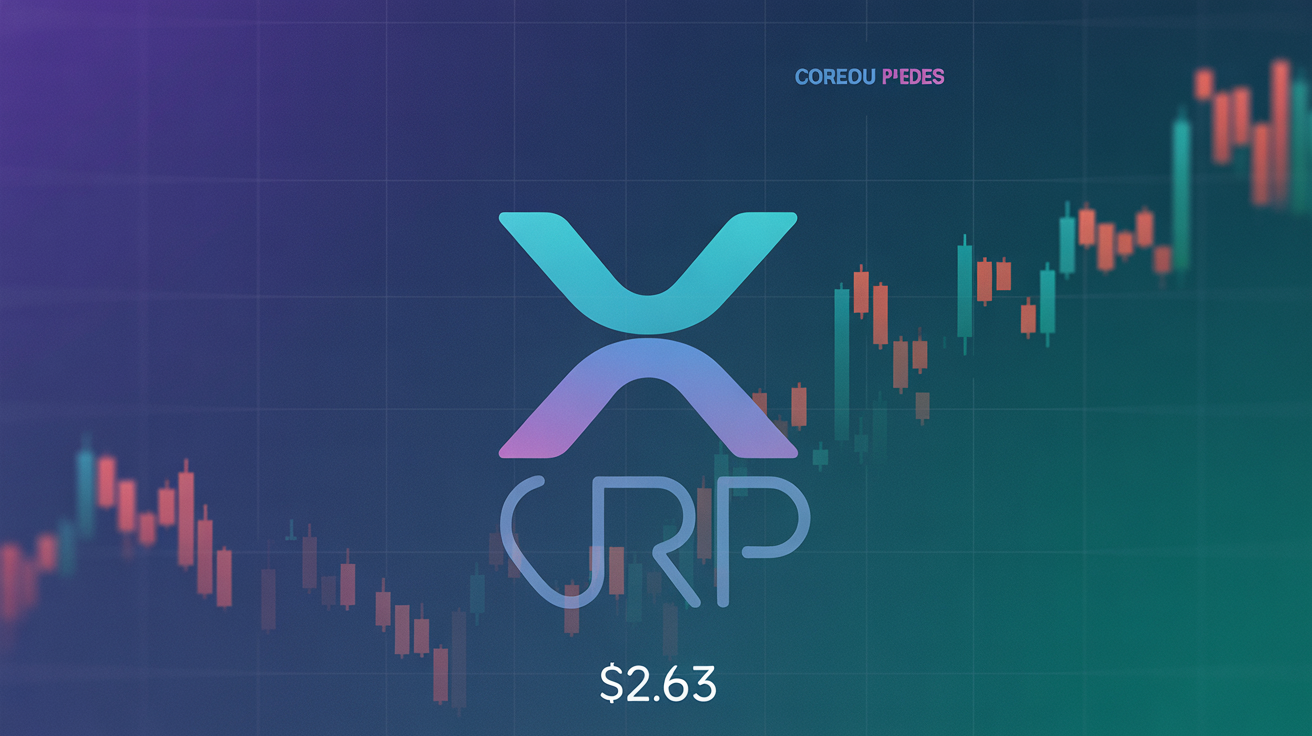
Bitcoin Could Be Poised for a Breakout as Bank Reserves Near ‘Danger Zone,’ Says Analyst Adam Livingston
Bitcoin (BTC) may be setting up for a major move as U.S. bank reserves approach critical levels, according to market commentator Adam Livingston, who sees tightening liquidity as a potential turning point for crypto markets.
Bank Cash Levels Fall to Multi-Year Lows
On Oct. 25, The Kobeissi Letter — a well-followed macro research newsletter run by analyst Adam Kobeissi — reported that bank cash held at the Federal Reserve had dropped to around $2.93 trillion, nearing the lower end of its multi-year range.
The Kobeissi Letter didn’t issue a crypto forecast, but highlighted that declining reserve balances — the cash banks hold on deposit at the Fed — often signal tightening liquidity conditions. When reserves fall, short-term funding markets can grow more sensitive, and the Fed may eventually be forced to adjust its balance-sheet policies.
Livingston’s Take: Liquidity Squeeze Meets Bitcoin Scarcity
Author and market analyst Adam Livingston, known for his books “The Bitcoin Age: Your Guide to the Future of Value, Wealth, and Power” and “The Great Harvest: AI, Labor, and the Bitcoin Lifeline,” views this decline as a potential inflection point.
According to Livingston, reserves near $2.9 trillion mark what he calls a “danger threshold” — a level where liquidity scarcity begins to constrain markets and policymakers become more attentive to financial stability risks.
He attributes the tightening to three overlapping forces:
- Treasury Cash Rebuild: The U.S. Treasury’s effort to replenish its cash balance at the Fed drains liquidity as more bills are sold, reducing private-sector cash and, by extension, bank reserves.
- Quantitative Tightening: The Fed’s balance-sheet runoff — allowing bonds to mature without reinvestment — directly removes reserves from the system.
- Other Liabilities: Growth in items like currency in circulation further absorbs balance-sheet capacity, leaving less room for bank cash unless policy shifts.
Livingston argues that these mechanisms together signal liquidity strain — a condition that, historically, has preceded Fed interventions or policy pivots.
Why It Matters for Bitcoin
Livingston draws parallels to prior episodes such as the 2019 repo crisis, 2020 pandemic easing, and 2023 regional bank turmoil — each followed by strong Bitcoin rallies as liquidity conditions improved.
“When reserves reach stress levels, policymakers tend to slow balance-sheet runoff or add liquidity to keep funding markets stable,” Livingston said. “Those moments, when tightening turns to easing, have often lined up with Bitcoin strength.”
He also highlights spot Bitcoin ETF demand as a second bullish driver. With ETFs continually absorbing supply, fewer coins remain liquid, creating a scarcity dynamic. Combined with any improvement in liquidity conditions, this could magnify the upside potential.
“In simple terms,” Livingston explains, “when liquidity eases and supply is tight, Bitcoin’s rallies can become sharper and travel farther.”






